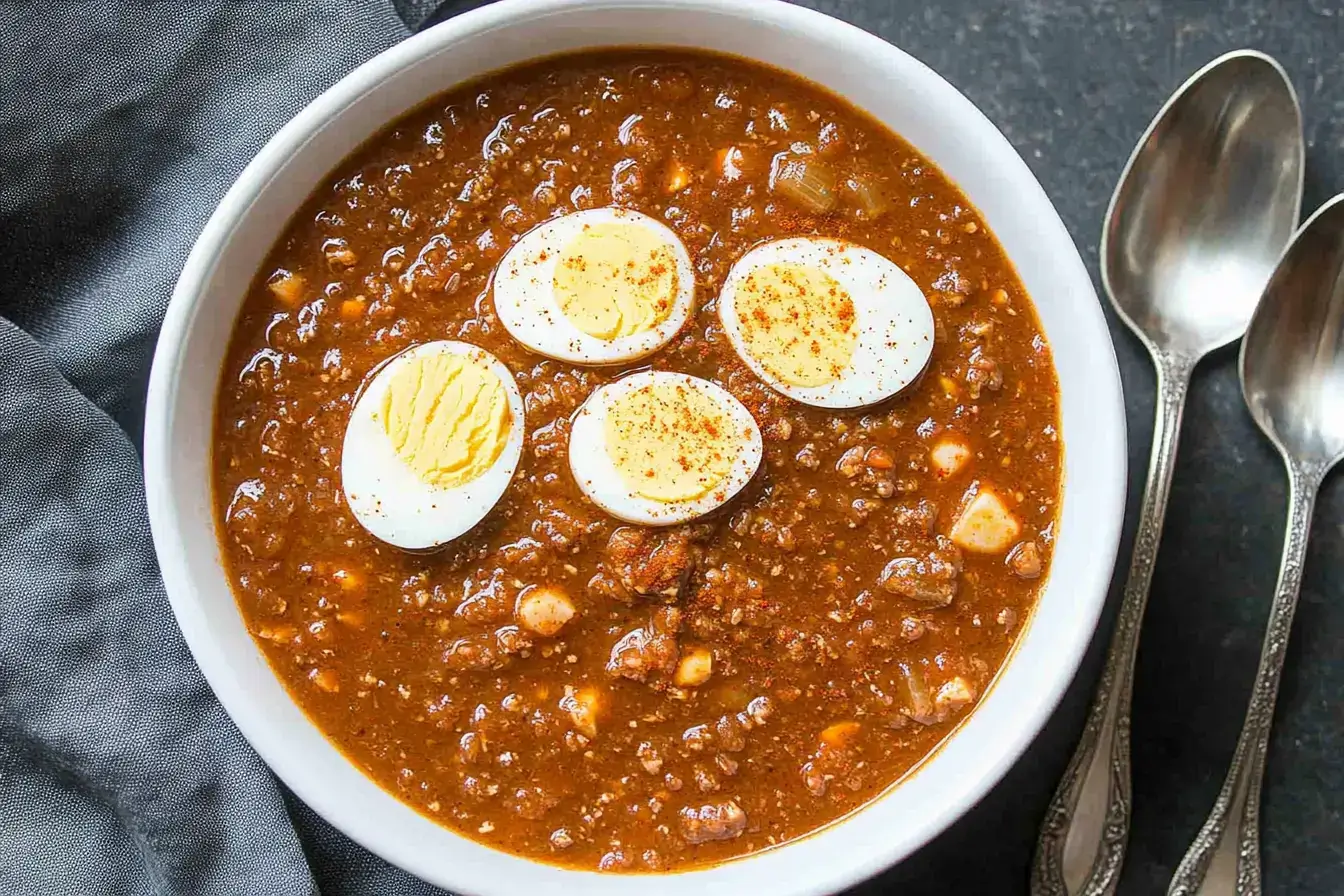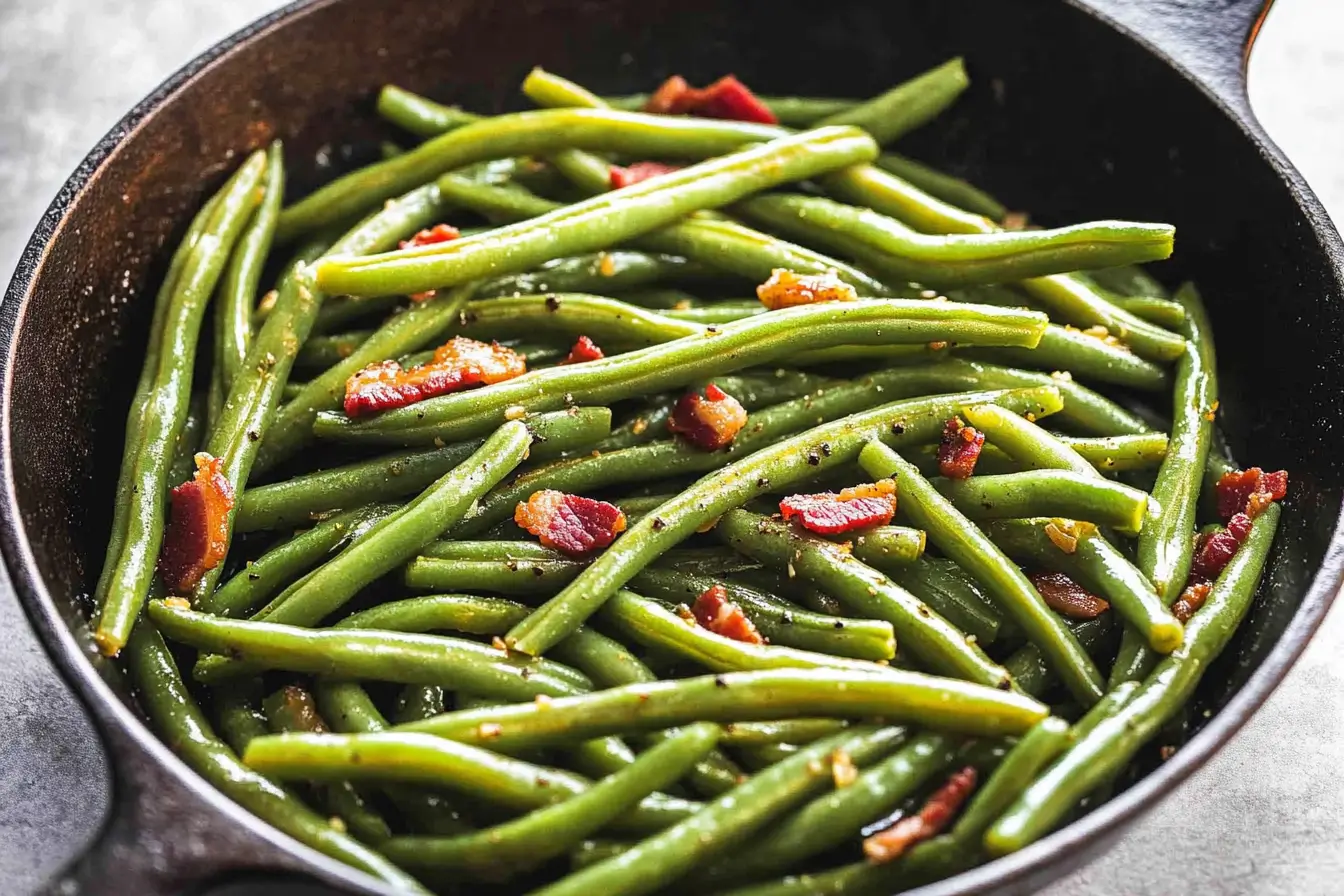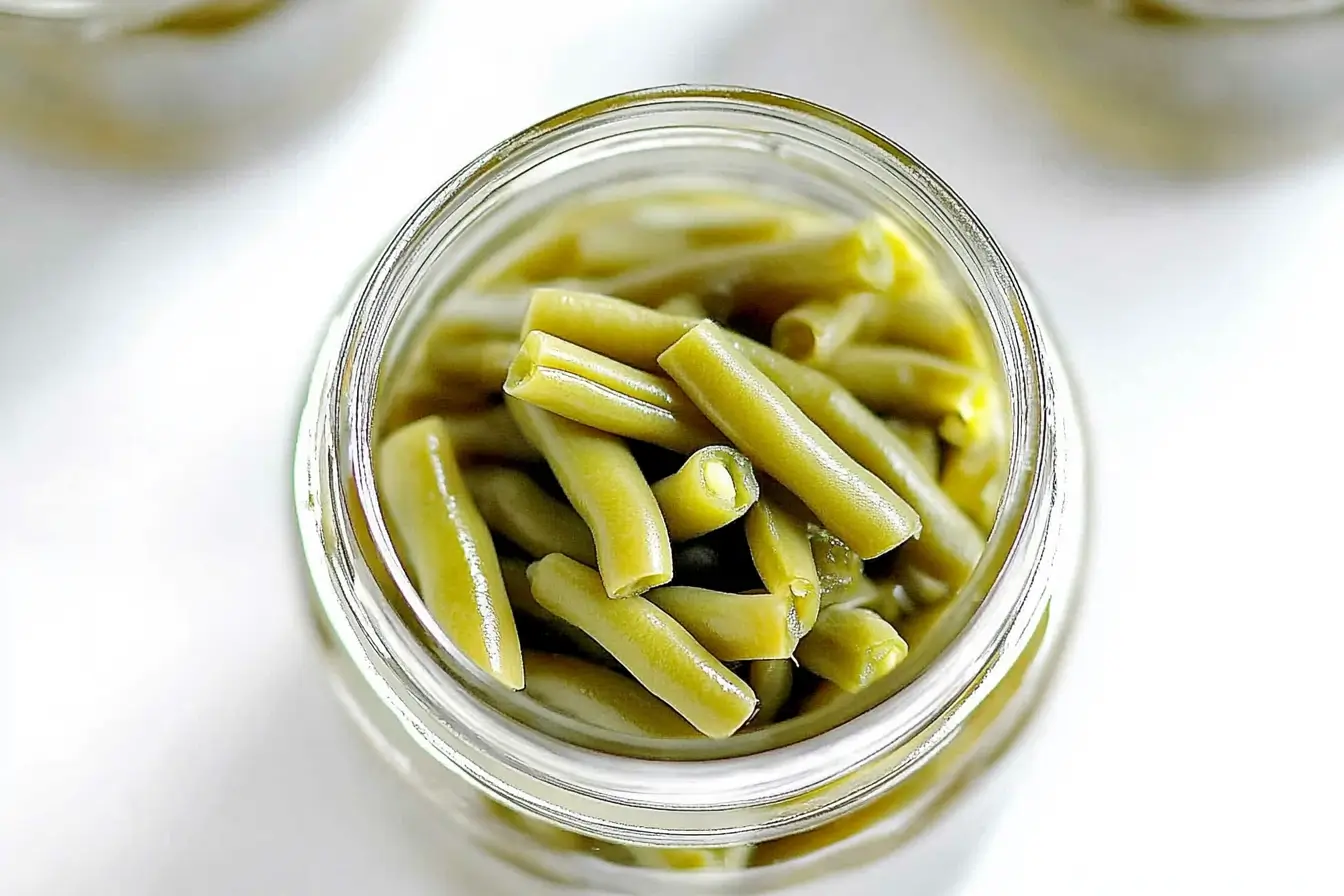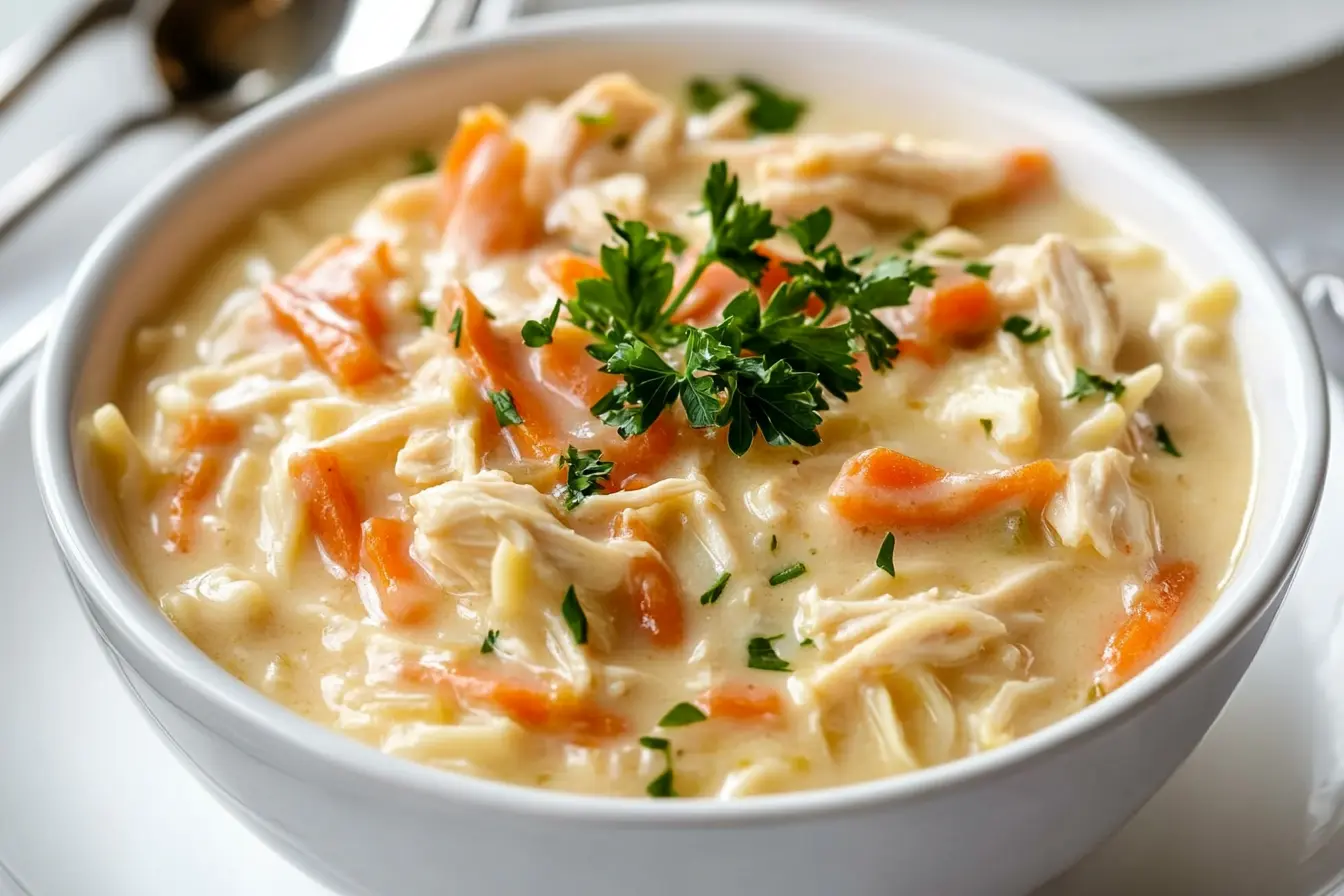What’s in a name? When it comes to mock turtle soup, it’s more than just a dish—it’s a story of innovation and adaptation. Once a luxurious delicacy for the elite, this soup became a popular alternative, but why is it called “mock”?
Join us as we unravel the history and the clever twist behind this beloved dish, and discover what makes it so special.
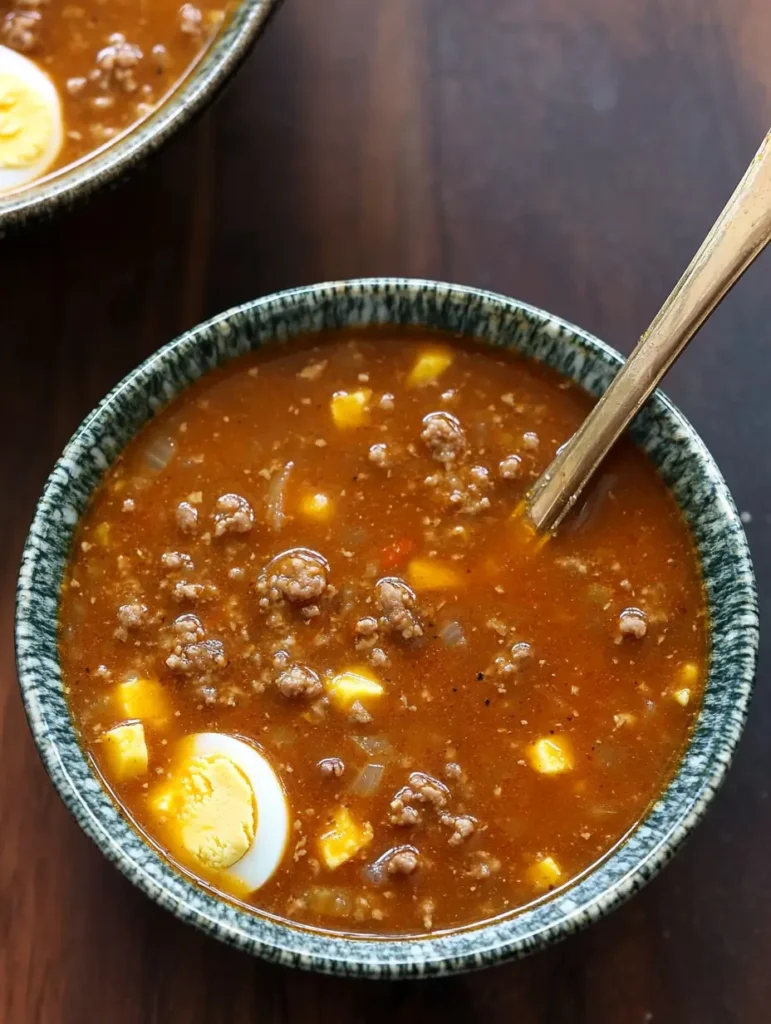
The Origins of Real Turtle Soup in Victorian England
Turtle soup history goes back to the early 1700s in England. Explorers brought green sea turtles from the West Indies. These turtles, up to 190 kilos, became a sought-after delicacy.
West Indies Green Sea Turtles as a Delicacy
Green sea turtles were prized for their green fat layer. This gave turtle soup its rich taste. Soon, it became a favorite in Victorian cuisine, enjoyed by the wealthy.
The Rise of Turtle Soup Among British Elite
Turtle soup became a symbol of luxury and refinement among the British elite. It was served at banquets and in wealthy homes. This popularity led to overhunting, causing turtle populations to decline.
Transportation and Preparation Methods
Transporting live turtles from the West Indies to England was surprisingly easy. These turtles could survive weeks without food, perfect for sea voyages. Upon arrival, Victorian chefs made elaborate turtle soup recipes, making it a culinary masterpiece.
Why Do They Call It Mock Turtle Soup
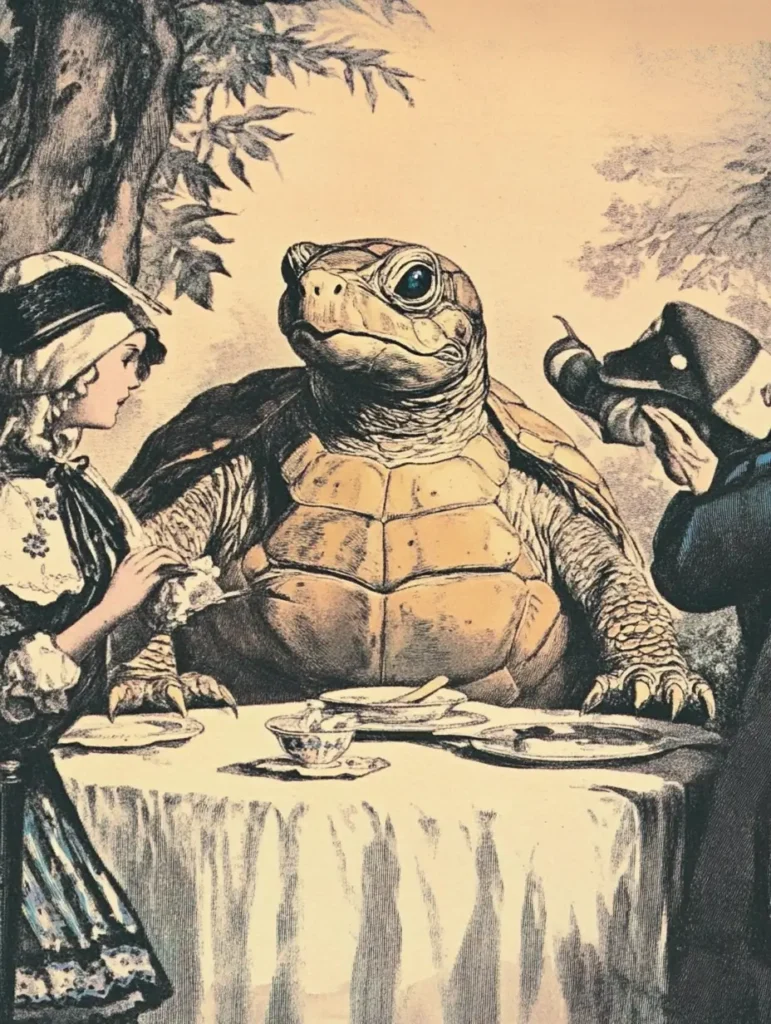
The mock turtle soup has its roots in the early 1700s. Back then, green sea turtles were a luxury in England. These huge creatures, weighing up to 400 kilos, were brought from the West Indies. They quickly became a favorite among the rich.
But as more turtles were hunted, they became rare. This made real turtle soup expensive and hard to find. That’s when mock turtle soup came into play.
Mock turtle soup was a clever imitation. It used ingredients that were easy to find to mimic turtle meat. The name “mock” clearly shows it’s a fake version of the original.
The main ingredient was often calf’s head. It was chosen for its gelatinous texture, similar to turtle meat. Other ingredients included:
- Ground veal
- Peanut butter roux
- Tomato puree
- Hard-boiled eggs
- Sherry
Mock turtle soup became so popular that it was sold in tins. Today, ground beef is often used instead of calf’s head. This makes it easier for people to make at home. Its lasting popularity shows it was a smart choice for those who couldn’t afford the real thing.
The Creation of Mock Turtle Soup: A Cost-Effective Alternative
Mock turtle soup was a smart way to enjoy a similar taste to real turtle meat without spending a lot. It became popular among those who couldn’t afford the real turtle soup.
Calf’s Head as the Primary Ingredient
Calf’s head was the secret to mock turtle soup. It had a texture and flavor close to turtle meat. Cooks simmered the calf’s head for hours to make a rich broth.
They then diced the meat and added it back to the pot with spices and vegetables.
Popular Recipes and Variations
Creative cooks soon came up with many variations of mock turtle soup. They added ground beef or turkey to give it a “turtley” taste. Worcestershire sauce, sherry wine, and ginger snaps were also key ingredients.
Social Class Distinctions in Soup Consumption
Mock turtle soup showed the class differences in Victorian dining. The rich enjoyed real turtle soup, while the poor had the imitation. This was true even at Oxford University.
Professors at the “high table” got real turtle soup, while students had the mock version. This showed the social hierarchy of the time.
Lewis Carroll’s Mock Turtle Character in Alice in Wonderland
In 1865, Lewis Carroll introduced the Mock Turtle in Alice’s Adventures in Wonderland. This whimsical character was inspired by the popular Victorian dish, mock turtle soup, which used calf’s head to mimic turtle meat. Carroll transformed this culinary concept into a beloved part of Alice’s journey.
The Mock Turtle is portrayed as melancholic, often reminiscing about his “real turtle” days. This adds complexity to the story and invites reflection on identity and change.
The character’s impact has extended far beyond the original book, appearing in many adaptations of Alice in Wonderland, from the 1931 version to Gene Wilder’s 1999 portrayal. The Mock Turtle continues to captivate audiences with its mix of humor and melancholy.
The Decline of Green Sea Turtle Populations
Green sea turtle conservation is a big challenge due to overhunting. Turtle soup was very popular, leading to a huge drop in turtle numbers from the mid-1800s to the 1920s. This decline almost wiped out terrapin turtles.
Overhunting and Conservation Issues
The U.S. demand for turtle meat caused a lot of harm. Now, all six sea turtle species in U.S. waters are protected. The Endangered Species Act bans eating them, hoping to save them for the future.
Price Increases and Accessibility
Turtle soup is now very expensive because turtles are rare. Laws in many states protect turtles, including alligator snapping turtles. These rules make it harder to find turtle meat for food.
Overhunting’s effects aren’t just in the U.S. In the Caribbean, turtles were loved for their green flesh. They were used in burgers, steaks, and soups. Now, efforts are underway to protect these amazing creatures and their homes.
Mock Turtle Soup’s Rise to Prominence
Mock turtle soup became popular in the 18th and 19th centuries. It was a cheaper alternative to green turtle soup. This showed the thriftiness of Victorian-era British homes while still offering a luxurious dining experience.
Commercial Production and Availability
As more people wanted it, commercial mock turtle soup was made. Canned versions were sold in stores, making it easy for everyone to enjoy. This made mock turtle soup a staple in many homes.
Evolution of Modern Recipes
Today’s turtle soup recipes have changed to meet new tastes. Instead of calf’s head, ground beef is often used. This makes the soup more appealing to modern palates.
Mock turtle soup recipes have branched out to include:
- Vegetarian-friendly options
- Simplified preparation methods
- Incorporation of global spices and herbs
Even though it’s not as popular as it once was, mock turtle soup is still celebrated. It’s found in heritage restaurants and food festivals. Its historical value keeps it alive in the world of food.
The Cultural Impact of Mock Turtle Soup in Victorian Society
Mock turtle soup made a big impact on Victorian food and social classes. It was a clever creation that showed how 19th-century England was changing. It became popular among all people, showing that fancy foods were no longer just for the rich.
The soup became famous around the same time Lewis Carroll’s “Alice’s Adventures in Wonderland” was published in 1865. This book, still widely read today, included the Mock Turtle character. This made the soup even more famous in food history.
In Victorian times, what you ate said a lot about your social status. Real turtle soup was expensive, but mock turtle soup let more people enjoy a taste of luxury. This trend showed how the middle class wanted to act like the upper class, even in their food choices.
- Mock turtle soup was invented in the 18th century as a cost-effective alternative
- It gained popularity across social classes in the Victorian era
- The dish symbolized the democratization of luxury foods
Mock turtle soup’s influence went beyond just being a dish. It was talked about in books, art, and social talks. It showed the complex world of Victorian society and how food was changing.
Traditional Ingredients and Preparation Methods
Mock turtle soup started in 19th-century Europe. By the mid-1800s, it became popular in America. It used veal, beef cheeks, or ground beef instead of real turtle meat.
Historical Recipe Components
Traditional British mock turtle soup used veal for a creamy texture. American Southern versions were spicier, using beef. New England recipes mixed meats for unique flavors.
- Rich beef stock
- Sherry wine
- Worcestershire sauce
- Seasonings like thyme, bay leaf, and black pepper
Modern Adaptations and Substitutions
Today’s mock turtle soup recipes are easier to make. They keep the original flavors. Ground beef is often used instead of veal or beef cheeks.
- Trimming excess fat from meat
- Braising at low temperatures
- Marinating in savory liquids
- Simmering stock for 4-6 hours
These changes make mock turtle soup easier to enjoy. Whether you like historical recipes or modern twists, it’s a unique culinary journey.
Mock Turtle Soup in Contemporary Cuisine
Mock turtle soup has changed a lot since the Victorian times. Now, you can find new versions that fit today’s eating habits. Vegan and vegetarian turtle soups are popular, offering plant-based choices that keep the dish’s spirit alive.
Upscale restaurants have made mock turtle soup exciting again. They offer gourmet versions that honor its history. These dishes use fresh, local ingredients and new cooking methods to make dining special.
Campbell’s stopped making Mock Turtle soup in the 1960s, but it’s still around in different ways. Chefs are trying out new flavors and textures to please today’s taste buds. Some use sustainable seafood, while others use veggies to make the broth.
- Plant-based proteins replace traditional meat
- Umami-rich mushrooms add depth to vegan versions
- Seaweed and sea vegetables contribute oceanic flavors
The way mock turtle soup has evolved shows how tastes and values have changed. By trying these modern takes, you can enjoy a piece of history while supporting today’s values.
The Legacy of Mock Turtle Soup in Literature
Mock turtle soup has made a lasting impression in classic literature, beyond Lewis Carroll’s “Alice in Wonderland.” It has become a symbol in many literary works. It represents more than just a meal.
References in Classic Literature
In novels from the Victorian era and later, mock turtle soup is often mentioned. Writers use it to show social class differences or highlight culinary trends. Characters’ reactions to mock turtle soup can reveal their background or personality.
Cultural Symbolism and Meaning
The mock turtle in literature is more than just food. It symbolizes the struggle between authenticity and imitation in Victorian society. Authors use it to comment on social norms and expectations.
Food in literature often carries deep meaning. Mock turtle soup is no exception. It serves as a metaphor for the blurred lines between reality and illusion. This symbolism extends beyond its culinary origins, making it a powerful tool for writers to explore themes of identity and societal values.
The enduring presence of mock turtle soup in literature showcases its impact on cultural memory. It continues to intrigue readers and spark discussions about class, innovation, and the nature of imitation in society.
Regional Variations and International Adaptations
Mock turtle soup has inspired many variations worldwide. Different cultures have added their own twist to this classic dish. This has led to unique international mock turtle soup recipes.
In the United States, Cincinnati-style mock turtle soup is a favorite. It includes ground beef, hard-boiled eggs, and a tangy spice mix. It’s a beloved dish in Cincinnati homes and restaurants.
Germany has its own version, called “Mockturtlesuppe.” It uses veal, mushrooms, and sour cream. This shows how European cuisines have made the original British recipe their own.
In Asia, chefs have made their own mock turtle soup versions. For example, Singapore’s version uses Chinese herbs and spices. This shows how mock turtle soup recipes keep evolving to suit local tastes.
These variations show the global impact of British cuisine. They also show how people worldwide love to make affordable versions of luxury foods. Exploring different mock turtle soup recipes reveals a world of flavors that reflect many culinary traditions.
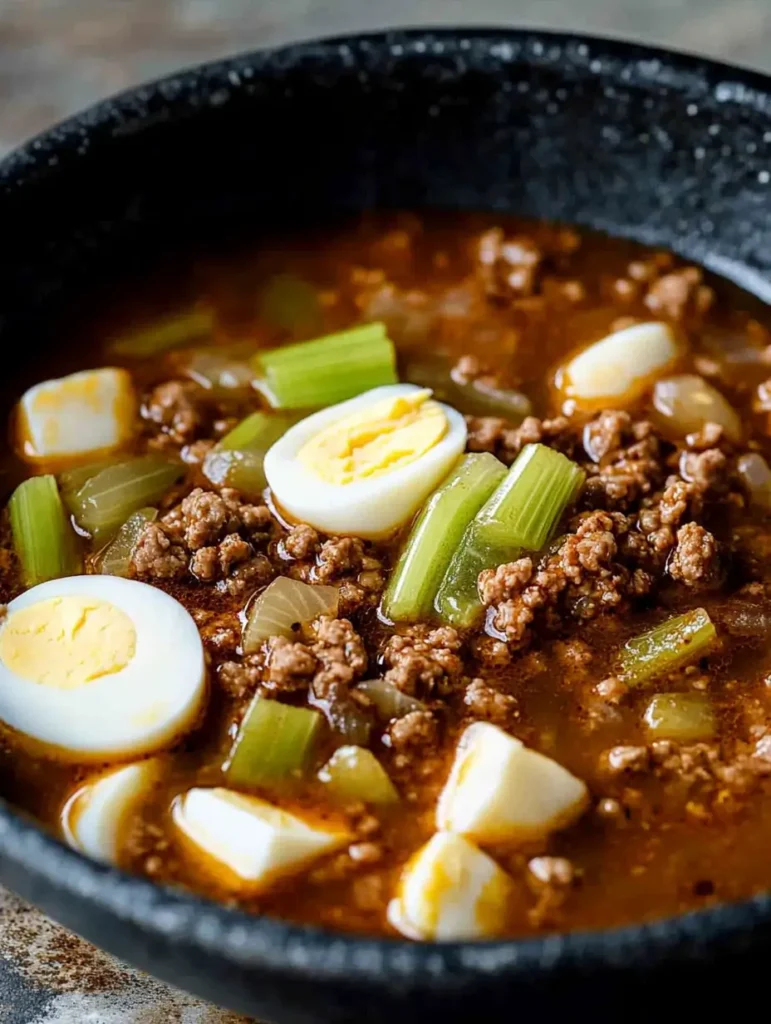
Conclusion
Mock turtle soup has a fascinating history, beginning as a more affordable alternative to real turtle soup in the 19th century. It became popular in both Britain and America, with chefs using everyday ingredients to create a luxurious taste.
Over time, the soup adapted to local tastes—Britain used calf’s head, while the American South added spices for extra flavor. Today, variations include plant-based options, showcasing the evolution of cooking.
More than just a dish, mock turtle soup is part of cultural history, famously featured in Lewis Carroll’s Alice in Wonderland. Its transformation from a simple substitute to a celebrated meal reflects how cooking and society have evolved.
FAQ
It’s called “mock” because it’s a more affordable alternative to real turtle soup, using less expensive ingredients to mimic the taste and texture of turtle meat.
Calf’s head is the traditional main ingredient, as it closely resembles the texture of turtle meat.
Mock turtle soup originated in Victorian England during the 18th and 19th centuries, created as a cheaper substitute for real turtle soup.
Lewis Carroll’s Alice in Wonderland popularized mock turtle soup through the introduction of the Mock Turtle character, bringing the soup into popular culture.
Mock turtle soup has evolved, with modern versions often using ground beef instead of calf’s head, and it has been adapted for mass production.
Real turtle soup is rarely consumed due to conservation efforts, and mock turtle soup has become the more common alternative.

